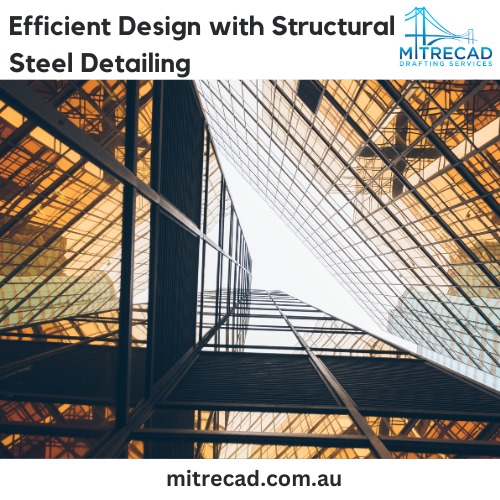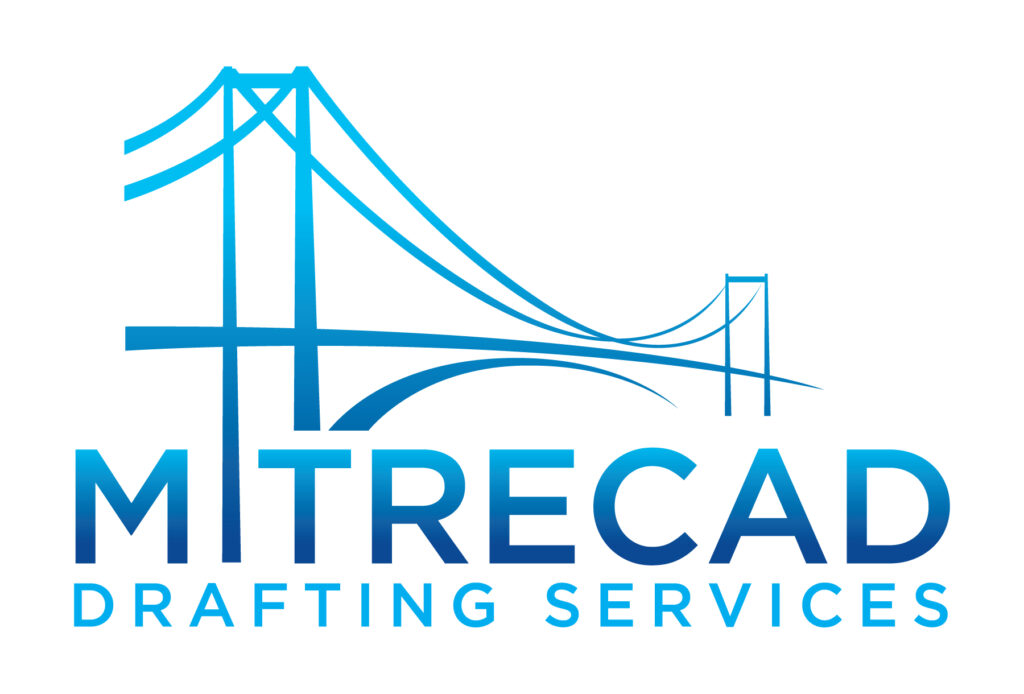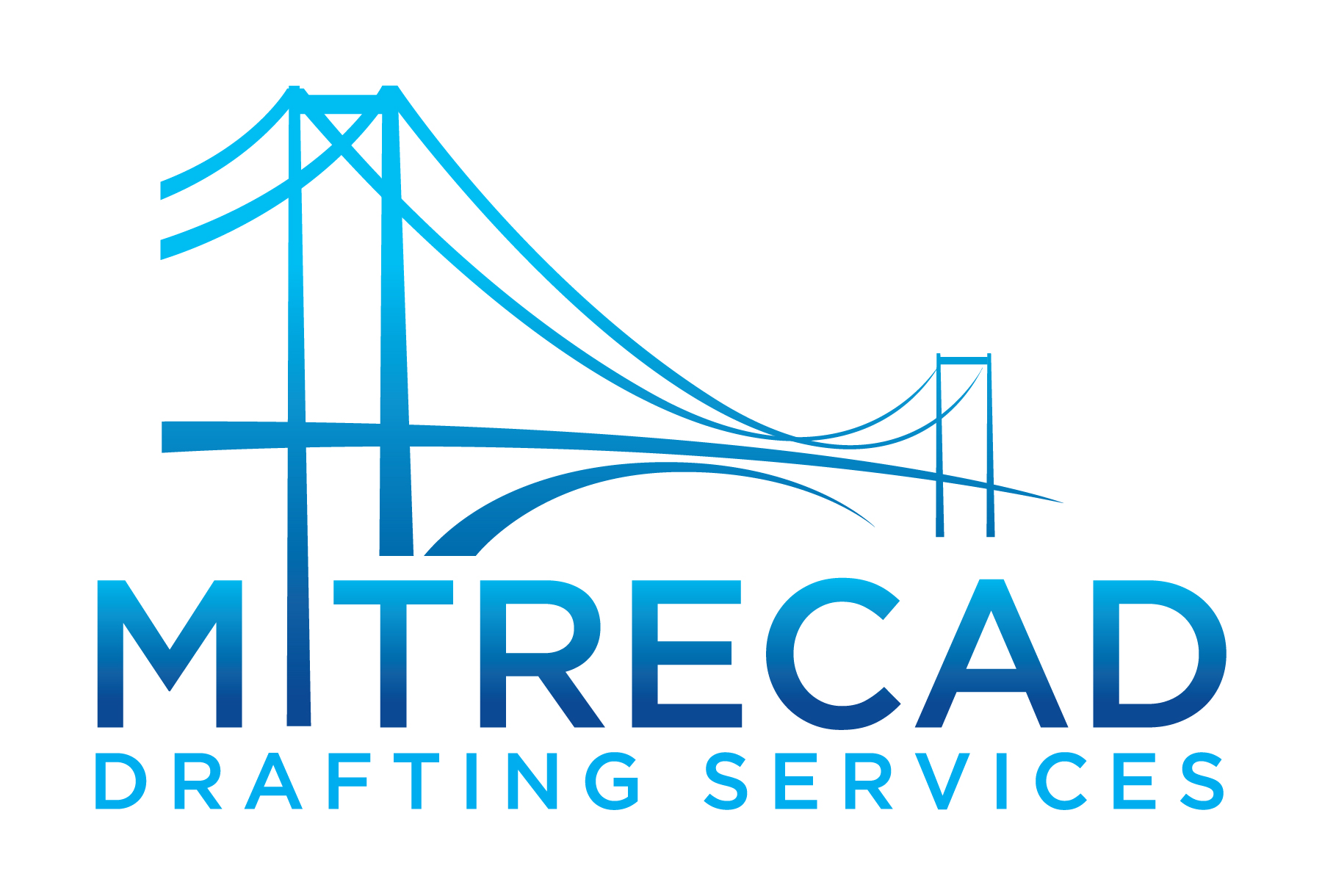
Welcome to the world of structural steel detailing, where precision meets strength, and every detail matters. As we celebrate our one-year milestone today, it’s fitting to delve into a topic that resonates with the core principles of efficient design. Whether you’re a seasoned professional or just stepping into the realm of structural steel, this blog is tailored to provide you with valuable tips and tricks that can elevate your detailing game.
Structural steel detailing is not merely about creating drawings; it’s a meticulous process that bridges the gap between design and construction. The devil is in the details, they say, and in this case, those details lay the foundation for a robust and enduring structure. Join me on this journey as we explore key strategies to streamline your workflow, enhance accuracy, and ensure that your structural steel designs stand the test of time.
1. Accept Regularity and Standardisation.
Standardisation is key to efficient steel detailing. Leverage standard connections, member sizes, and details whenever possible. Repeating details reduces the need for unique designs and simplifies fabrication processes.
Benefits of Standardization:
- Reduces design time and effort
- Improves fabrication efficiency
- Minimises errors and inconsistencies
- Enhances project cost-effectiveness
- Simplifies material procurement
2. Make Use of Advanced Design Software
Modern structural steel detailing software offers a range of features to streamline the detailing process. Utilise automated tools for connection design, code checking, and material selection.
Features of Advanced Design Software:
- Automated connection design
- Code checking and compliance tools
- Material selection and optimization
- 3D modeling and visualization
- Bill of materials generation
- Project management and collaboration features
3. Work Well Together with Engineers
Maintain open communication with structural engineers throughout the detailing phase. Clarify ambiguities early on to avoid costly rework and delays.
Importance of Collaboration:
- Ensures alignment with structural design intent
- Resolves design discrepancies early on
- Facilitates timely project progress
- Reduces the risk of errors and omissions
- Promotes a cohesive project team
4. Make Use of Systematic Detailing Techniques
Establish a systematic detailing workflow to ensure consistency and quality. Employ checklists, templates, and project management tools to maintain order.
Systematic Detailing Procedures:
- Define clear detailing standards and guidelines
- Implement consistent detailing processes
- Utilize checklists to ensure completeness and accuracy
- Employ templates for repetitive detailing tasks
- Utilize project management tools to track progress and manage revisions
5.Make Simple and Clear Drawings a Top Priority
Produce clear and concise drawings that are easy to interpret by fabricators and erectors. Use consistent symbols, dimensions, and annotations.
Principles of Clear and Concise Drawings:
- Use consistent symbols and abbreviations
- Provide clear dimensions and annotations
- Organize drawings logically and hierarchically
- Employ color-coding and labeling for clarity
- Use appropriate drawing scales and views
6. Execute Extensive Quality Control
Implement rigorous quality control measures to identify and rectify errors before drawings are released for fabrication. Utilize automated checking tools and peer reviews.
Quality Control Process:
- Implement automated drawing checks
- Conduct peer reviews and audits
- Make use of error detection software.
- Verify dimensions and connections
- Ensure compliance with codes and standards
7. Stay Updated with Industry Codes and Standards
Keep abreast of the latest industry codes and standards to ensure compliance and structural integrity. Familiarise yourself with local building regulations.
Importance of Staying Updated:
- Ensures compliance with current codes and standards
- Adheres to evolving safety requirements
- Incorporates advances in structural design
- Mitigates legal and liability risks
- Maintains a reputation for professionalism
8. Prefabrication should be used wherever possible.
Consider prefabrication for repetitive or complex steel components. Prefabrication can reduce fabrication time, improve site safety, and enhance overall project efficiency.
Benefits of Prefabrication:
- Reduced fabrication time at the construction site
- Improved quality control in a controlled environment
- Enhanced site safety by minimizing field welding
- Streamlined construction sequencing
- Earlier project completion
9. Use Constructability Factors
Give constructability factors top priority when you’re detailing. Check if design elements are feasible and doable in the field.
- Constructability Considerations:
- Accessibility for fabrication and erection
- Handling and transportation of steel components
- Bolting and welding accessibility
- Compatibility with other construction trades
- Compliance with site conditions and constraints
10. Constantly Pursue Professional Growth
Take part in ongoing professional development to remain current with emerging technology and detailed approaches. Participate in industry conferences, seminars, and workshops.
- Importance of Continuous Professional Development:
- Enhance knowledge and skills in structural steel detailing
- Stay abreast of emerging technologies and trends
- Network with industry professionals
- Gain exposure to best practices
- Advance career opportunities
Conclusion
In summary, mastering structural steel detailing calls for a blend of technical expertise, meticulousness, and the capacity to make use of cutting-edge instruments and technology. Make it a priority to communicate clearly with all parties involved, adopt collaborative procedures, and keep up with the latest developments in the sector. By incorporating these tips and techniques into your approach, you will not only improve design efficiency but also add to the overall success of steel building projects. As always, the devil is in the details, so keep honing your craft and maintaining your inventiveness.
Mitrecad is a leading Solution of structural steel detailing, offering a user-friendly interface and advanced tools for precise modeling and documentation. With features like 3D modeling, clash detection, and automated drawing generation, Mitrecad streamlines the detailing process, enhancing efficiency and accuracy in structural steel design.

